The rising rates of breast cancer are influenced by a complex interplay of biological, environmental, lifestyle, and diagnostic factors. It’s not a simple issue—but here’s a breakdown of the main contributors to the growing incidence:
1. Increased Screening and Early Detection
- More mammograms and advanced imaging mean more breast cancers—especially small, early-stage tumors and DCIS (ductal carcinoma in situ)—are being diagnosed.
- Some of this increase is due to overdiagnosis, detecting cancers that may not have become clinically significant in a person’s lifetime.
While this doesn’t mean more women are developing breast cancer in every case, it does mean more cases are being found—especially in women under 50.
2. Shifts in Reproductive Patterns
Modern reproductive trends have changed significantly over the last few decades:
- Later age at first childbirth
- Fewer pregnancies or remaining child-free
- Shorter duration or absence of breastfeeding
These factors increase a woman’s lifetime exposure to estrogen, a hormone that can promote the growth of hormone-receptor-positive breast cancers.
3. Diet, Obesity, and Insulin Resistance
- Obesity, especially after menopause, significantly raises breast cancer risk due to increased estrogen production in fat tissue.
- Diets high in processed foods, refined carbs, and sugar contribute to chronic inflammation and insulin resistance, which are now recognized as metabolic drivers of cancer.
4. Endocrine Disrupting Chemicals (EDCs)
- Everyday exposures to synthetic chemicals like phthalates, parabens, BPA, PFAS, and flame retardants (found in plastics, cosmetics, and household products) are known endocrine disruptors.
- These chemicals mimic or block hormones like estrogen, possibly contributing to breast tissue changes and cancer development.
Increasing attention is being paid to the cumulative and lifelong exposures to these toxins, especially when exposures begin early in life.
5. Chronic Stress and Circadian Disruption
- Unmanaged chronic stress can suppress immune function and alter hormone levels in ways that may influence cancer development.
- Poor sleep and circadian rhythm disruption (from night-shift work or blue light exposure) have been linked to increased breast cancer risk, possibly through melatonin suppression.
6. Genetic and Epigenetic Factors
- While hereditary mutations like BRCA1/2 explain a small percentage (5–10%) of cases, epigenetic changesdriven by environmental factors can activate cancer-promoting genes.
- Research into how environmental triggers interact with genetic vulnerability is ongoing and increasingly important.
7. Improved Survival = More Women Living with Breast Cancer
- Thanks to better treatments, more women are living longer with breast cancer, which adds to prevalence data, even if mortality rates are stable or declining.
Bottom Line:
The rise in breast cancer is not caused by one single factor, but rather a synergistic effect of:
- Lifestyle and reproductive changes
- Environmental exposures
- Increasing chronic stress and metabolic dysfunction
- And better diagnostic tools
These trends highlight the need for preventive strategies, early screening, and a root-cause approach that includes:
- Hormonal health optimization
- Environmental detox education
- Nutrition and metabolic support
- And personalized risk assessments with tools like genetic profiling and biomarker testing

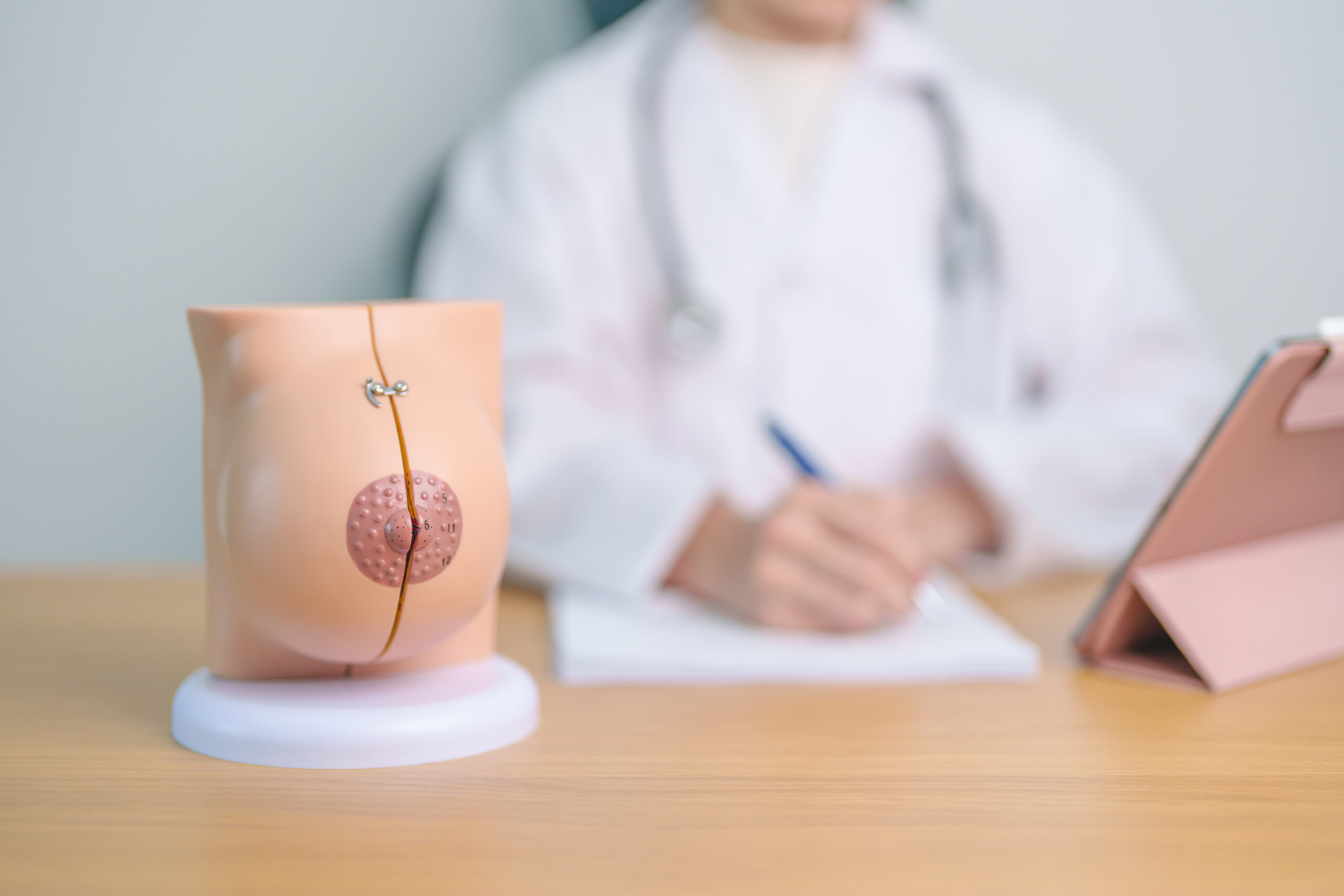
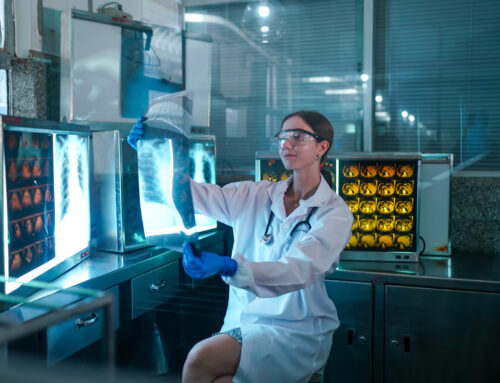
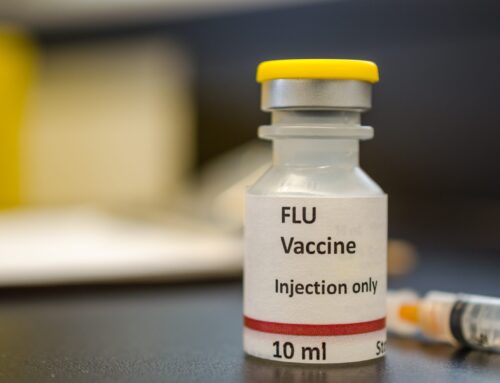
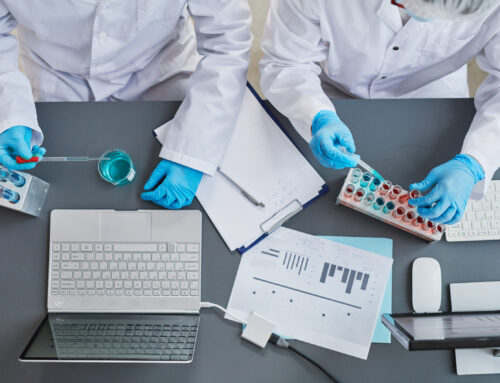
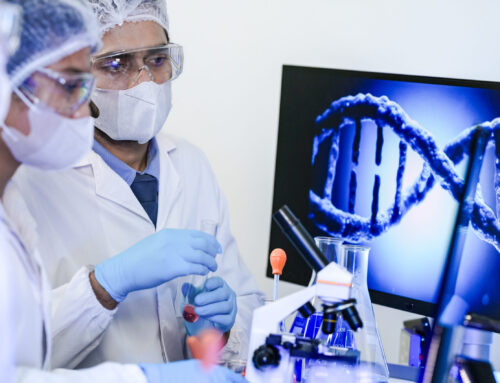
Leave A Comment